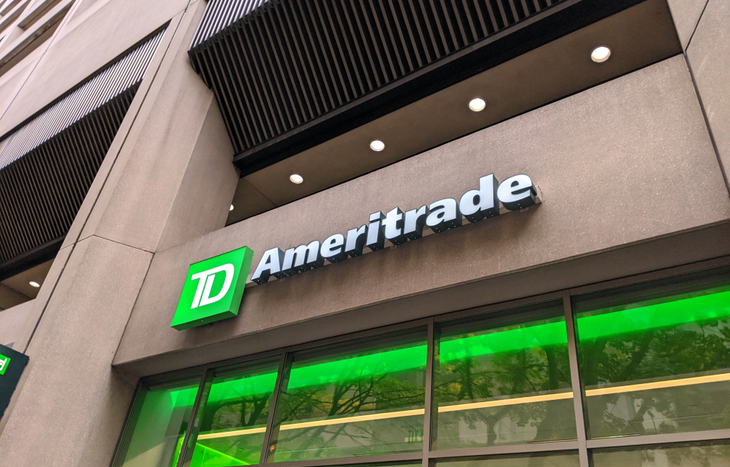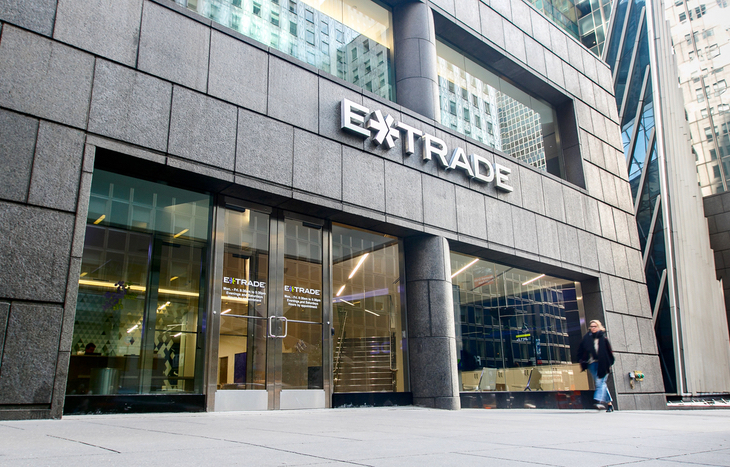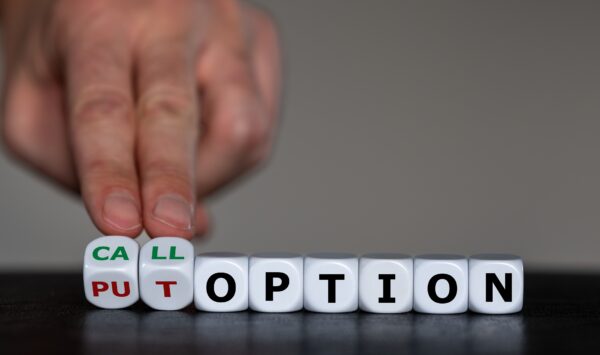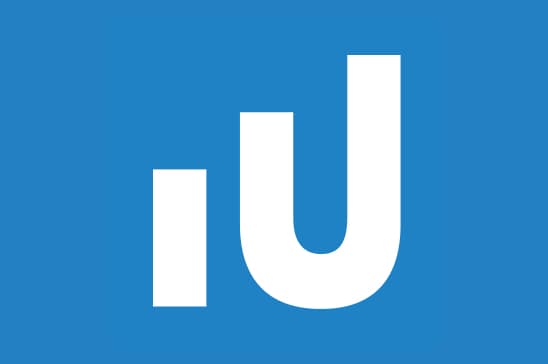How to Trade Options for Beginners
Have you traded stocks and now want to learn how to trade options? Then you’ve landed in the right spot. Although this guide is primarily for beginners. More experienced option traders can still learn something new or refresh their knowledge.
The video above covers how to place an option trade using an online trading platform. Also, if you’re interested in option trading strategies and the many investment opportunities out there, you’ll find a whole world of useful ideas here at Investment U.
Option Trading Platforms
To trade options, you’ll need to go through a licensed broker. And thanks to new technologies, anyone can easily set up a trading account. Although, one important thing to note. Once you’ve set up an account, there are some minimum account requirements to access option trading.
In the video above, you’ll see the Investopedia Trading Simulator at work. It allows beginners to learn the ropes of how to trade options without putting down real money. Although different brokerages have unique platform designs, their basic trading steps should be similar.
How to Look Up Options with Ticker Symbols
Brokers use slightly different identifiers to track options. But let’s look a common structure. Here’s an Apple (Nasdaq: AAPL) call option that expires on March 17, 2023, with a strike price of $135…
AAPL230317C00135000
Up first is the company’s ticker symbol (AAPL) and then the date (230317). The 23 is used for the year 2023 and 03 shows the month of March. Then the 17 represents the day of the month. Most option contracts expire on the third Friday of the month.
The C shows that it’s a call option. And if it was a put, you would see a P instead. Then after the letter comes the price. This Apple call example shows a strike price of $135 (00135000).
The Bid, the Ask and the Spread
One of the most important parts of options trading for beginners is knowing what an option should sell for and getting it for what it’s worth. This requires knowledge of the bid, the ask and the spread.
- The bid price is what people are willing to buy the option for.
- The ask price is what owners of the option are willing to sell it for.
- The spread is simply the difference between the bid and ask prices.
Most transactions in the options market take place between the bid and ask.
Also, it’s important to note that options trade in lots of 100 shares. This is known as a contract. When you buy an options contract, be it a call or a put, it gives you the right to buy or sell 100 shares before a specified date in the future.
Call and Put Options
It’s also important to know exactly what type of option you’re purchasing. The two types are call or put, and it’s important to know the difference before placing your order.
A call option gives the buyer the right, not the requirement, to buy an asset at a specific price in a specific period. Remember a call option gives the holder the right to buy 100 shares of the asset at a specific or strike price. So, using the previous example, this call option would allow you to buy 100 shares of Apple at $135 per share any time before March 17, 2023.
A put option is essentially the opposite. It gives the holder the right, not the obligation, to sell an asset at a specific price within a specific period. Let’s use the example of the Apple put option AAPL230317P00135000. This put option allows you to sell 100 shares of Apple at $135 per share any time before March 17, 2023.
Types of Option Orders
The next decision is to determine what type of order you would like to put in. If you purchase an option with a market order, it will likely be filled at a price close to the ask price.
If you put in a limit order, you can set the price you would like to purchase at. The limit price sets the maximum you are willing to pay (or minimum to receive if selling an option). For example, if the option is trading at $135 but you don’t want to pay more than $130. You can set a limit order for $130, and the trade will only be executed if the option drops to that price or below.
Duration of the Order
Another important step in trading an option is to choose whether you’re opening a new position or closing an existing one. Then after that, you can set the duration of the trade.
If you select the good until cancel option, this tells the brokerage that the price you set is good until you manually cancel it. In other words, it keeps the order valid until it’s filled, and the option is actually bought. Or until you cancel the order.
You can also set specific cancel dates. So if you select day order, the order will be valid until the end of the trading day. At that point, if the option was not purchased, the order will be automatically canceled.
Next Step in Learning How to Trade Options for Beginners
One of the most important steps to learning is applying what you learned. Online trading simulators, like the one shown in the video, are a great, risk-free place to start. Or if you think you’re ready, you can put some real money on the line with online brokers.
Whatever path you decide, it’s best to look into the specific rules on the platform you use. Also, many paid brokers have customer support that can walk you through trades for free. So have at it and if you have any questions, please reach out. There are many investment strategies and opportunities to consider today.







